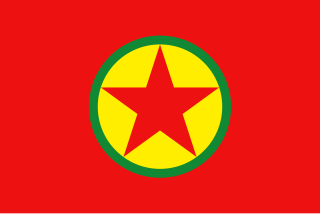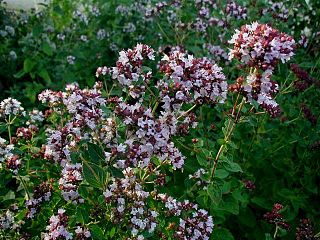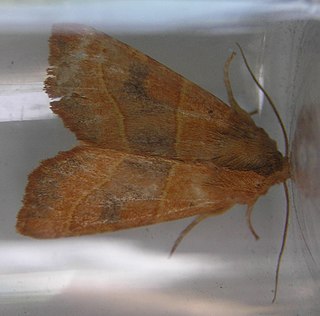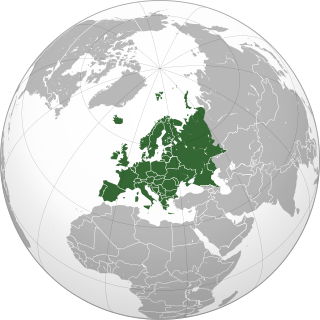
The Euphrates is the longest and one of the most historically important rivers of Western Asia. Together with the Tigris, it is one of the two defining rivers of Mesopotamia. Originating in eastern Turkey, the Euphrates flows through Syria and Iraq to join the Tigris in the Shatt al-Arab, which empties into the Persian Gulf.

The Kurdistan Workers' Party or PKK is a Kurdish far-left militant and political organization based in Turkey and Iraq. Since 1984 the PKK has been involved in an armed conflict with the Turkish state, with the initial aim of achieving an independent Kurdish state, later changing it to a demand for equal rights and Kurdish autonomy in Turkey.

Kurdistan or Greater Kurdistan is a roughly defined geo-cultural historical region wherein the Kurdish people form a prominent majority population and Kurdish culture, languages, and national identity have historically been based. Kurdistan roughly encompasses the northwestern Zagros and the eastern Taurus mountain ranges. The territory corresponds to Kurdish irredentist claims.

The Tigris and Euphrates, with their tributaries, form a major river system in Western Asia. From sources originating in eastern Turkey, they flow by/through Syria through Iraq into the Persian Gulf. The system is part of the Palearctic Tigris–Euphrates ecoregion, which includes Iraq and parts of Turkey, Syria, Iran, Saudi Arabia, Kuwait, and Jordan.

The genus Ophrys is a large group of orchids from the alliance Orchis in the subtribe Orchidinae. They are widespread across much of Europe, North Africa, the Canary Islands, and the Middle East as far east as Turkmenistan.

The sociable lapwing or sociable plover is a critically endangered wader in the lapwing family of birds. The genus name is Medieval Latin for a lapwing and derives from vannus a winnowing fan. The specific gregarius is Latin for "sociable" from grex, gregis, "flock".

Lamium (dead-nettles) is a genus of about 40–50 species of flowering plants in the family Lamiaceae, of which it is the type genus. They are all herbaceous plants native to Europe, Asia, and northern Africa, but several have become very successful weeds of crop fields and are now widely naturalised across much of the temperate world.

Onopordum, cottonthistle, is a genus of plants in the thistle tribe within the Asteraceae. They are native to southern Europe, northern Africa, the Canary Islands, the Caucasus, and southwest and central Asia. They grow on disturbed land, roadsides, arable land and pastures.

Origanum is a genus of herbaceous perennials and subshrubs in the family Lamiaceae, native to Europe, North Africa, and much of temperate Asia, where they are found in open or mountainous habitats. A few species also naturalized in scattered locations in North America and other regions.

Chaerophyllum is a genus of flowering plant in the Apiaceae, with 35 species native to Europe, Asia, North America, and northern Africa. It includes the cultivated root vegetable Chaerophyllum bulbosum.
Auriculella ambusta is a species of air-breathing tropical land snail, a terrestrial pulmonate gastropod mollusk in the family Achatinellidae. This species is endemic to the Hawaiian islands.
The ethnic groups in the Middle East refers to the peoples that reside in West Asia and Egypt in North Africa. The region has historically been a crossroad of different cultures. Since the 1960s, the changes in political and economic factors have significantly altered the ethnic composition of groups in the region. While some ethnic groups have been present in the region for millennia, others have arrived fairly recently through immigration. The five largest ethnic groups in the region are Arabs, Azerbaijanis, Kurds, Persians, and Turks but there are dozens of other ethnic groups which have hundreds of thousands, if not millions, of members.

Atethmia centrago is a moth of the family Noctuidae. It is found in Europe except Scandinavia and Italy; also in Asia Minor, Armenia, Syria and Palestine.
Atethmia is a genus of moths of the family Noctuidae.
Atethmia pinkeri is a moth of the family Noctuidae. It is found in Turkey.
Refugees of the Syrian Civil War or Syrian refugees are citizens and permanent residents of the Syrian Arab Republic, who sought asylum in other parts of the world since the onset of the Syrian Civil War in 2011. From an estimated pre-war population of 22 million (2017), the United Nations (UN) identified 13.5 million (2016) Syrians requiring humanitarian assistance, of which more than 6 million (2016) are internally displaced, and around 5 million (2016) refugees placed in Syrian refugee camps established in Turkey (3,614,108), Lebanon (2,200,000), Jordan (1,265,000), Egypt (500,000), and other countries.

The lesser mouse-eared bat is a species of bat in the family Vespertilionidae.

The European route E91 or E91 is a European route running from Toprakkale in Turkey to the border of Syria near Yayladağı. It is 170 kilometres long.

The European route E98 or E98 is a European road running from Topboğazi in Turkey to the border with Syria.

Turkey, which had had a relatively friendly relationship with Syria over the decade prior to the start of the civil unrest in Syria in the spring of 2011, condemned the Syrian president Bashar al-Assad over the violent crackdown on protests in 2011 and later that year joined a number of other countries demanding his resignation. In the beginning of the Syrian Civil War, Turkey trained defectors of the Syrian Army on its territory, and in July 2011, a group of them announced the birth of the Free Syrian Army, under the supervision of Turkish intelligence. In October 2011, Turkey began sheltering the Free Syrian Army, offering the group a safe zone and a base of operations. Together with Saudi Arabia and Qatar, Turkey has also provided the rebels with arms and other military equipment. Tensions between Syria and Turkey significantly worsened after Syrian forces shot down a Turkish fighter jet in June 2012, and border clashes erupted in October 2012. On 24 August 2016, the Turkish armed forces began a declared direct military intervention into Syria pursuing as targets both ISIL and the Kurdish-aligned forces in Syria.




















